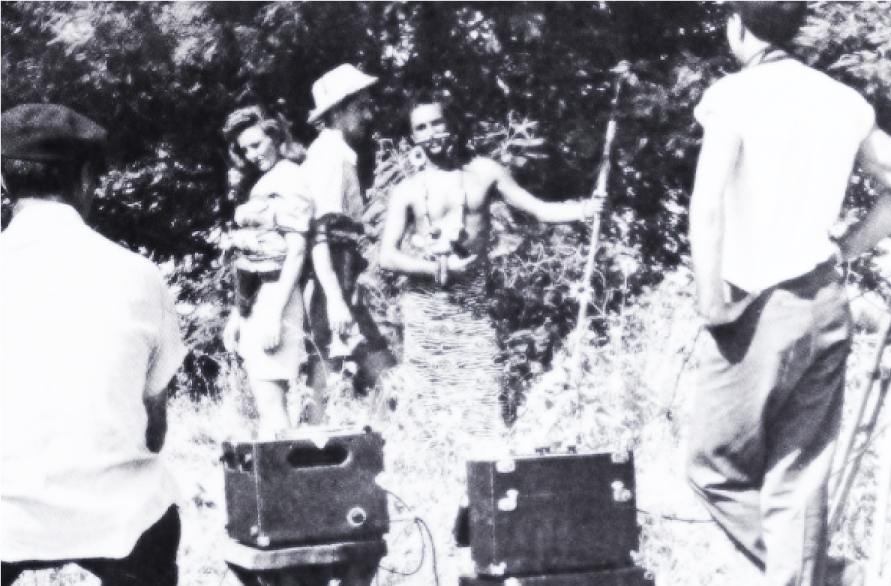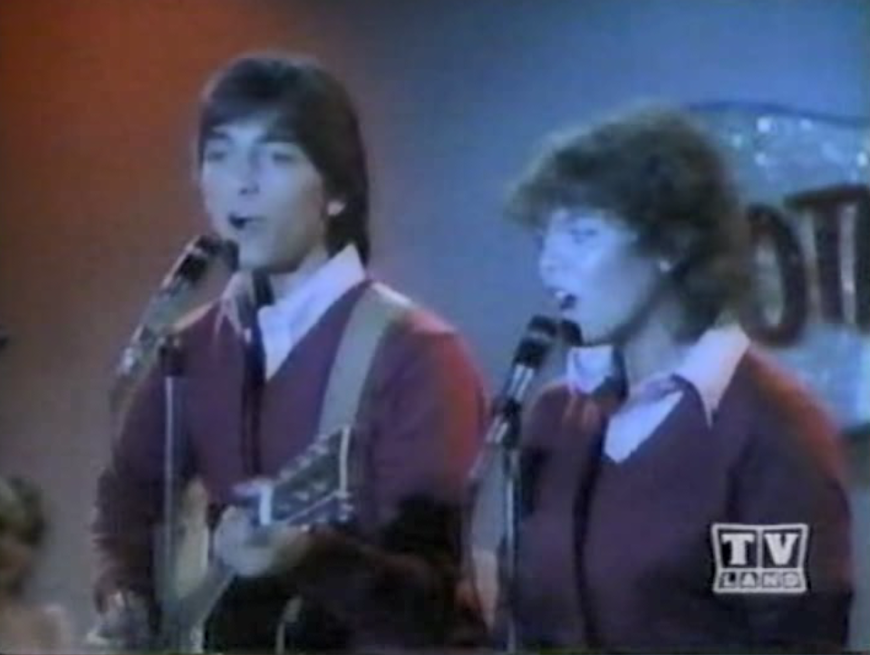 |
| The man, the Maltin, the legend. |
Most of us judge movie critics on how often we agree with them. "This guy likes (or hates) the same movies I do," we think, "so he must be okay." I try not to judge critics that way, since taste is so subjective. Who's to say what's interesting or scary or moving or funny to someone else? I can't think with your brain, see with your eyes, or hear with your ears. I can only report as honestly as possible what my experience was. After that, you're on your own. Caveat emptor.
So how do I judge a movie critic? Well, there are a very select few whose writing passes muster as genuinely good prose that stands on its own. Into that category, I'd put Roger Ebert, Danny Peary, and Joe Bob Briggs. Maybe some others I'm forgetting right now. But not every film critic can be a prose stylist. So I tend to look for critics who are knowledgeable enough to write intelligently about films and who seem to have a sane, responsible approach to criticism. If a critic has an obvious bias against an entire genre, for instance, that critic is useless to me.
 |
| Leonard Maltin's groundbreaking guide. |
This brings us to Leonard Maltin (1950- ), the amiable, even-tempered New Yorker who is the very epitome of the basic, no-frills film critic. A prose stylist, he ain't. But neither is he a snob, a cynic, or a stuffed shirt. Straight down the middle, that's Leonard. You may not agree with all of his judgments—I certainly don't—but it's difficult to find fault with the man himself. His knowledge of film history is not in dispute. He's authored detailed volumes on Walt Disney, Carole Lombard, Our Gang, and more. His general love of cinema should not be in dispute either. That's obvious from any interview Leonard has ever given. Here's a guy who fell in love with movies as a kid and spent his adult life writing (and writing and writing!) and talking (and talking and talking!) about them.
Beyond doubt, Leonard Maltin's greatest contribution to film scholarship is the exhaustive movie guide he published periodically from 1969 to 1987 and then annually from 1988 to 2014. How many film fanatics like me grew up reading this thing? My parents got me a copy of the 1989 edition, and I read it until it literally fell apart. I'm sure it was one of my first sources of information about Ed Wood. Before the internet existed, Leonard Maltin was the world wide web! The breadth of movies he covered was staggering, spanning generations and genres. Each film got only an inch or two of column space, enough for an extremely brief capsule review and some bare-bones cast/crew credits. At the time, we movie nerds were grateful to have even that.
Maltin's brick of a book was originally published as TV Movies and ultimately became Leonard Maltin's Movie and Video Guide. The idea was, these were films you could potentially find on television or home video. And, yes, that includes the movies of Edward D. Wood, Jr. Well, some of them, anyway—the ones that might play on the Late Late Show or turn up at the local video store. The Maltin guide steers clear of pornography, both hardcore and softcore, so don't expect to find Eddie's X-rated movies here. The films he made with Steve Apostolof and Joe Robertson are likewise absent.
But several of Ed's better-known films made Leonard Maltin's cut, and I thought I'd present those reviews for your dining and dancing pleasure. I'd say that Maltin writes about Eddie and his movies with a surprising amount of knowledge and affection. I even learned a thing or two from scanning these reviews. Maybe you will, too.
Please note that Mr. Maltin rates each movie on a scale from BOMB to ****. He also uses the ▼ symbol to indicate that a movie is available on videocassette,◗ for DVD, and ⚫ for laserdisc.
Bride and the Beast, The (1958) 78m BOMB D: Adrian Weiss. Charlotte Austin, Lance Fuller, Johnny Roth, Steve Calvert. A gorilla fancies the wife of an explorer. Screenplay by Edward D. Wood, Jr.; aka QUEEN OF THE GORILLAS ▼◗
Bride of the Monster (1955) 69m BOMB D: Edward D. Wood, Jr. Bela Lugosi, Tor Johnson, Tony McCoy, Loretta King, Harvey B. Dunn, George Becwar, Don Nagel, Bud Osborne. A dissipated Lugosi creates giant rubber octopus that terrorizes woodland stream. Huge Swedish wrestler Johnson provides added laughs as hulking manservant Lobo. Another hilariously inept grade Z movie from the king of bad cinema. Sequel: REVENGE OF THE DEAD aka NIGHT OF THE GHOULS. ▼⚫◗
Glen or Glenda (1953) 61m BOMB D: Edward D. Wood, Jr. Bela Lugosi, Dolores Fuller, Daniel Davis, Lyle Talbot, Timothy Farrell, "Tommy" Haynes, Charles Crafts, Conrad Brooks. Sensational but sincere "docu-fantasy" about transvestism could well be the worst movie ever made. Legendarily awful director Wood stars (under the name Daniel Davis) as Glen, who can't decide how to tell his fiancée he wants to wear her clothes. Dizzying hodgepodge of stock footage, demented dream sequences, and heartfelt plea for tolerance, linked by campy Lugosi narrating from haunted house. "Bevare!" Even more inept and hilarious than Wood's infamous PLAN 9 FROM OUTER SPACE. Also released as I CHANGED MY SEX, I LED 2 LIVES, and HE OR SHE. Reissued at 67m ▼⚫◗
Jail Bait (1954) 70m *½ D: Edward D. Wood, Jr. Timothy Farrell, Lyle Talbot, Steve Reeves, Herbert Rawlinson, Dolores Fuller, Clancy Malone, Theodora Thurman, Mona McKinnon. Farrell leads young Malone into life of crime; when the law closes in, he forces Malone's plastic surgeon father to change his face. Misleadingly titled thriller is less inept than Wood's "classics" and thus less funny, but inspired teaming of Talbot and Reeves (in his first speaking part) as cops is good for a few giggles. ▼⚫◗
Plan 9 From Outer Space (1959) 79m BOMB D: Edward D. Wood, Jr. Gregory Walcott, Tom Keane, Duke Moore, Mona McKinnon, Dudley Manlove, Joanna Lee, Tor Johnson, Lyle Talbot, Bela Lugosi, Vampira, Criswell. Hailed as the worst movie ever made; certainly one of the funniest. Pompous aliens believe they can conquer Earth by resurrecting corpses from a San Fernando Valley cemetery. Lugosi died after two days' shooting in 1956; his remaining scenes were played by a taller, younger man holding a cape over his face! So mesmerizingly awful it actually improves (so to speak) with each viewing. And remember: it's all based on sworn testimony! Aka GRAVE ROBBERS FROM OUTER SPACE; followed by REVENGE OF THE DEAD. ▼⚫◗
Revenge of the Dead (1958) 69m BOMB D: Edward D. Wood, Jr. Duke Moore, Kenne Duncan, Paul Marco, Tor Johnson, John Carpenter, Valda Hansen, Jeannie Stevens, Criswell. Long-lost sequel to BRIDE OF THE MONSTER (and to a lesser extent, PLAN 9 FROM OUTER SPACE) doesn't reach the same Heights of lunacy but is still dreadful enough to tickle any bad-movie fan. "Ghosts" have been sighted in East L.A., so cops Moore and Marco are once more shoved into action; the trail leads to phony mystic Dr. Acula (Duncan, who really looks like he's in a trance). The incomparable Criswell again narrates the proceedings, this time from a coffin. Set unreleased for 25 years because Wood couldn't pay the lab bill! Retitled NIGHT OF THE GHOULS ▼⚫◗
Sinister Urge, The (1960) 75m BOMB D: Edward D. Wood, Jr. Kenne Duncan, Duke Moore, Carl Anthony, Jean Fontaine, Dino Fantini, Jeanne Willardson. dedicated cops Duncan and Moore set out to smash the "smut picture racket" which is run by a brassy blonde who writes with a four-foot quill pen. One of Wood's least-known works. Demonstrates with complete conviction how photos of plump women in their underwear are the principal cause of juvenile delinquency. Aka THE YOUNG AND THE IMMORAL. ▼◗
Violent Years, The (1956) 57m BOMB D: William M .Morgan (Franz Eichhorn). Jean Moorhead, Barbara Weeks, Arthur Millan, Theresa Hancock, Joanne Cangi, Gloria Farr. Tawrdry, preachy juvenile delinquency trash about a rich teen girl ignored by her parents, who heads up a gang. Wooden acting all around. Scripted by Edward D. Wood, Jr.; aka FEMALE ▼◗












.png)